
Natasha ’16 and her mother Nazie Saffari traveled to Iran this summer to visit the all-girls Saffari School in Azad Deh, Salehabad, Iran, the village where Saffari’s father grew up. The pair taught the students English and spent time with them. Founded four years ago, the school educates 123 students in grades one through six, with living locally the only qualification for entrance. The school has been so successful that it is expanding to include seventh through ninth grades.
Natasha said her favorite experience from visiting the school this summer was spending time with one student named Mahta, with whom she had made a connection in previous years.
“I saw her outside of the school when we went, and I knew it was her, even though everything was covered except for her eyes, and I just started crying because it was so emotional. When I went back to the school this past summer, I went back to her house and met her family,” Natasha said.
Before the founding of the Saffari School, there was only a one-room, unstable mud-house for over a hundred girls to study. Though Saffari’s father left the village, which has a population of around 2,400 people, when he was twelve years old, Saffari went back to visit the village when she was growing up.
“As a child, I visited his village a couple of times. I saw the poverty there and how underprivileged the children were, with the lack of water and electricity. And I always wanted to go back and help my society and help this underprivileged society,” Saffari explained.

Saffari wanted her children to witness first-hand one of the most deprived parts of Iran as well, so she began taking her family to Iran every summer. After seeing the poverty of the village, Natasha encouraged her mother to start the school as soon as possible.
“There were 120 girls in one room. We saw that and started sobbing. Natasha said you can’t wait [any longer to start the school]. [She said] you have to do this right away,” Saffari explained.
The Iranian government has a grant program that helps people start projects, such as schools or businesses. The government provides half of the funding for the project, while the donor contributes the other half. While Saffari was able to donate 50% of the funds for the school immediately, the government was so financially challenged that they could not provide all the money instantly. After some phone calls, the government pulled through with all the money. The school took nine months to build.
Since families in the village are too poor to support all their children, girls as young as thirteen are married off.
“That was infuriating to Natasha and myself. We really wanted to stop that,” Saffari said.
Saffari said that they saw education as the key to helping these women.
Natasha added that all the girls are thrilled to have been given the opportunity to learn. She and her mother have received thousands of thank you letters and pictures.
“They are all super, super excited to learn. Some of them know what they want to do when they’re older… One of them wanted to be an actress, or a doctor, or a teacher,” Natasha commented.
Although the Taliban is not present in Iran, the school is 25 miles away from the border of Afghanistan. Saffari expressed her fear that the Taliban present in Afghanistan might do something to the school. She said that she and her daughter always make sure to cover their hair and lock their houses at night when visiting the village.
The girls have overcome other challenges, too, like having to walk to school barefoot. Two summers ago, Saffari and Natasha bought shoes for all 123 students. But before that, having torn slippers did not stop the girls from utilizing their educational opportunities.
“None of that stops them for the hunger for knowledge, for learning, for going to school,” Saffari said.
The Saffari School’s principal, Mr. Pourzadeh, commented on how much Natasha and Nazie have done for their village and the girls.
“The best thing [about this experience] has been that a family cared about this extremely underprivileged village while living thousands of miles away in the US….these girls, who will now receive a solid education will themselves be able to give back to their community by building more schools and hospitals, which is in critical demand in this poor part of the world…I hope one day many of the girls will repeat what Natasha and Nazie have done for our village,” Pourzadeh said.

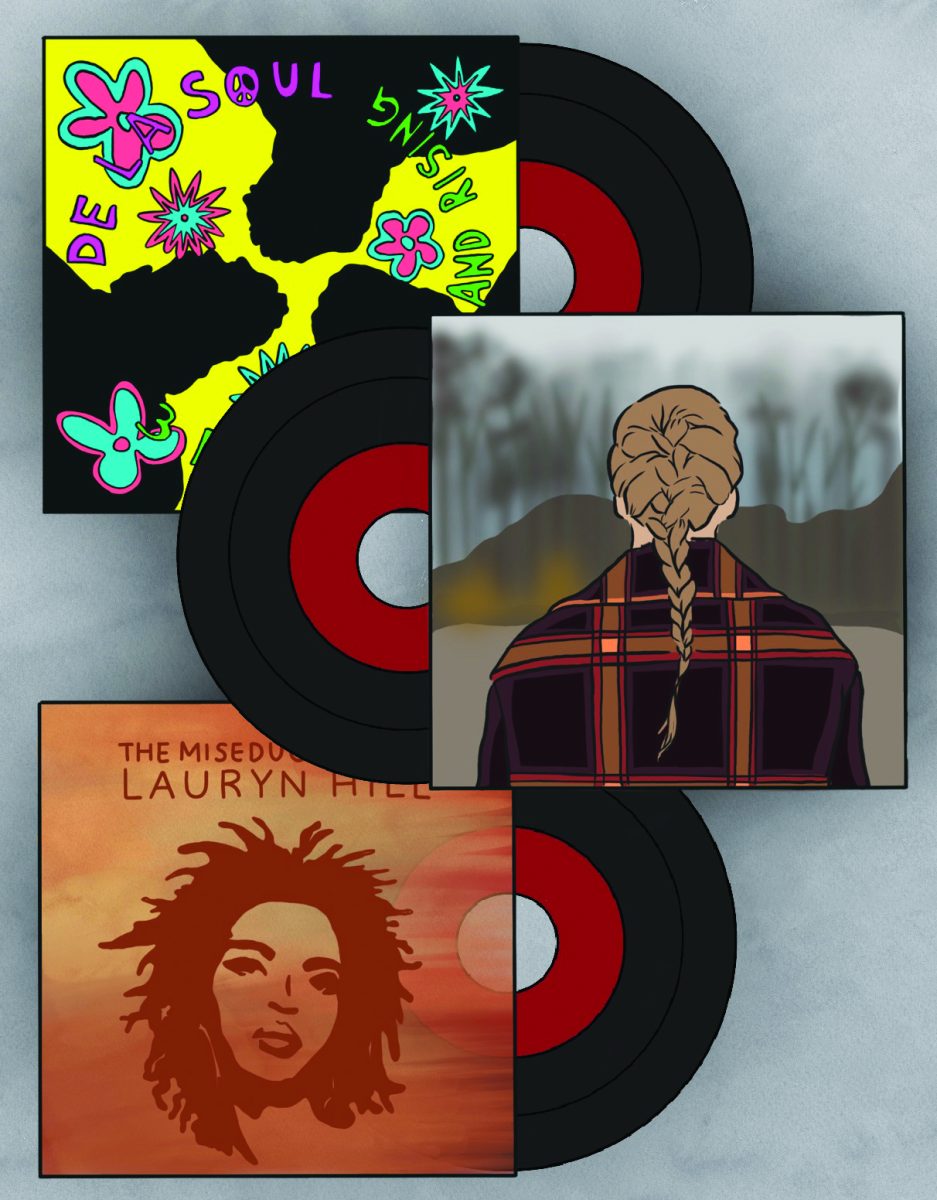


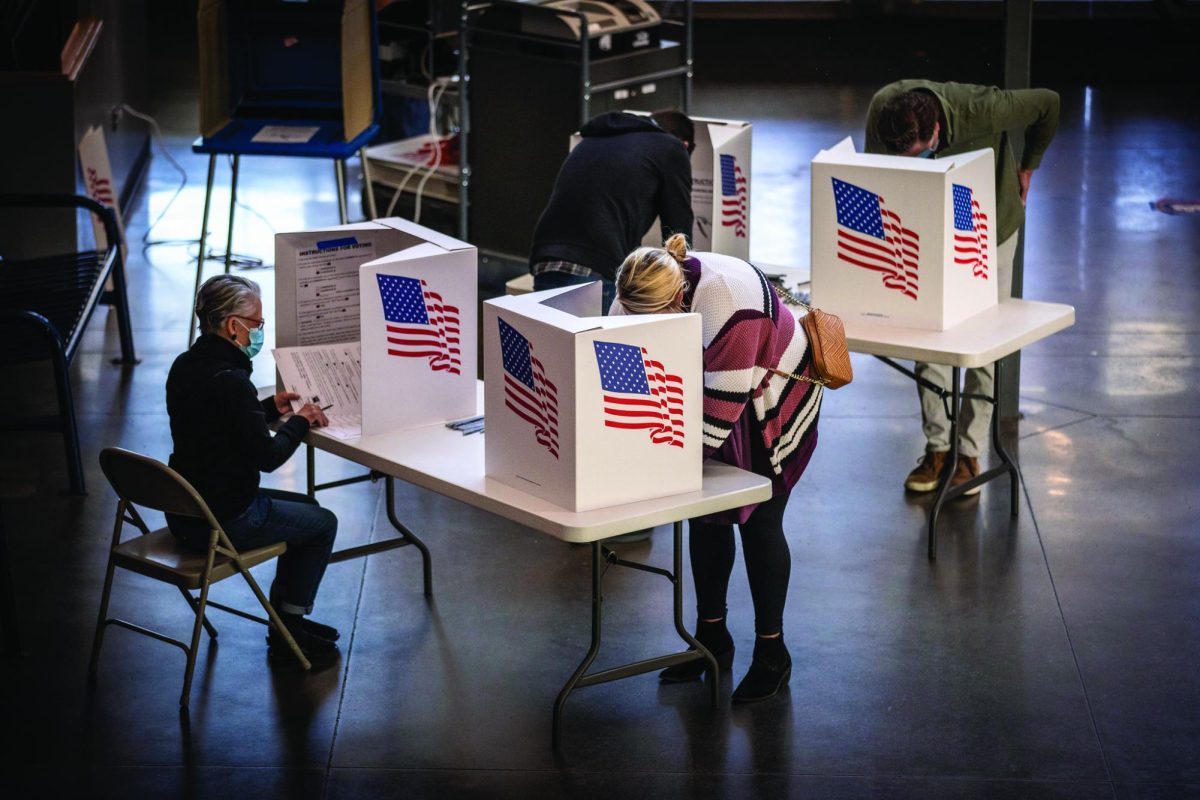

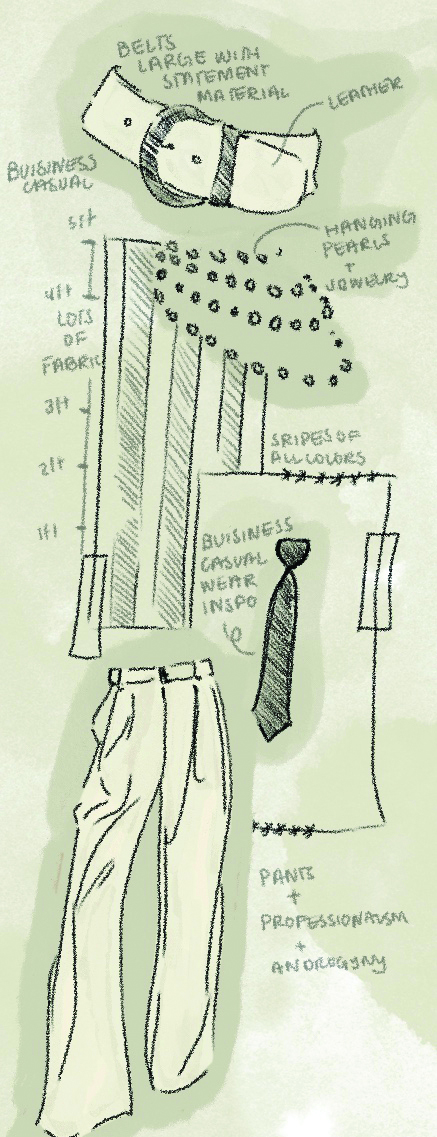
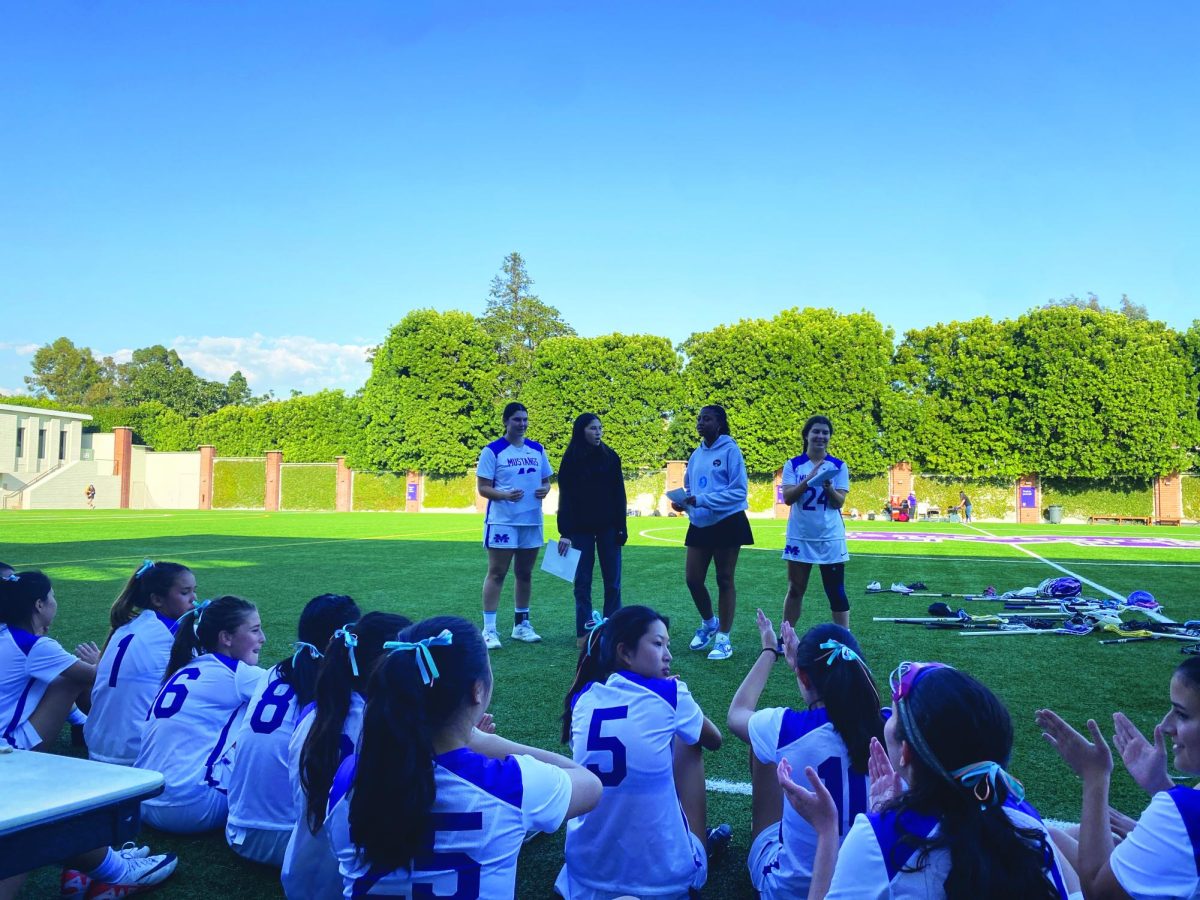



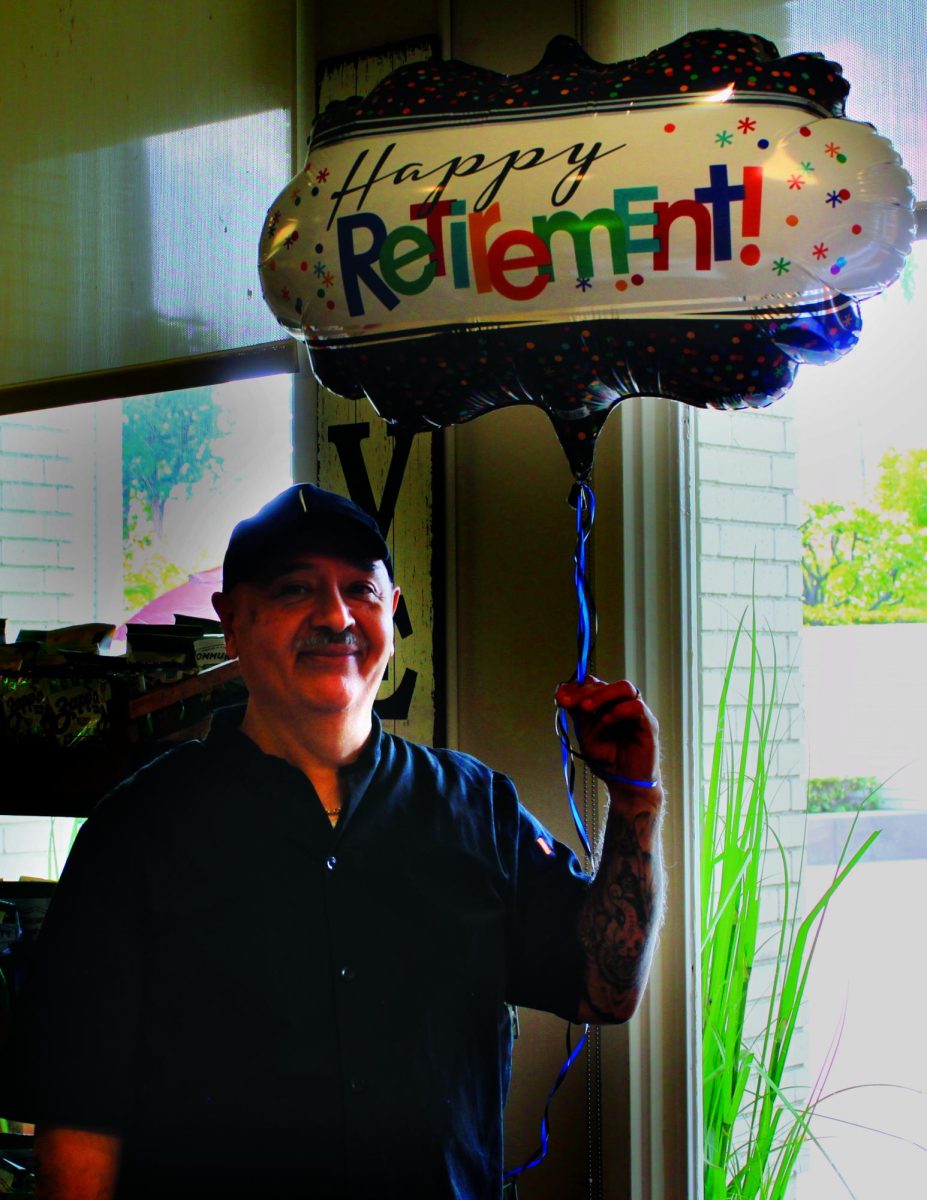

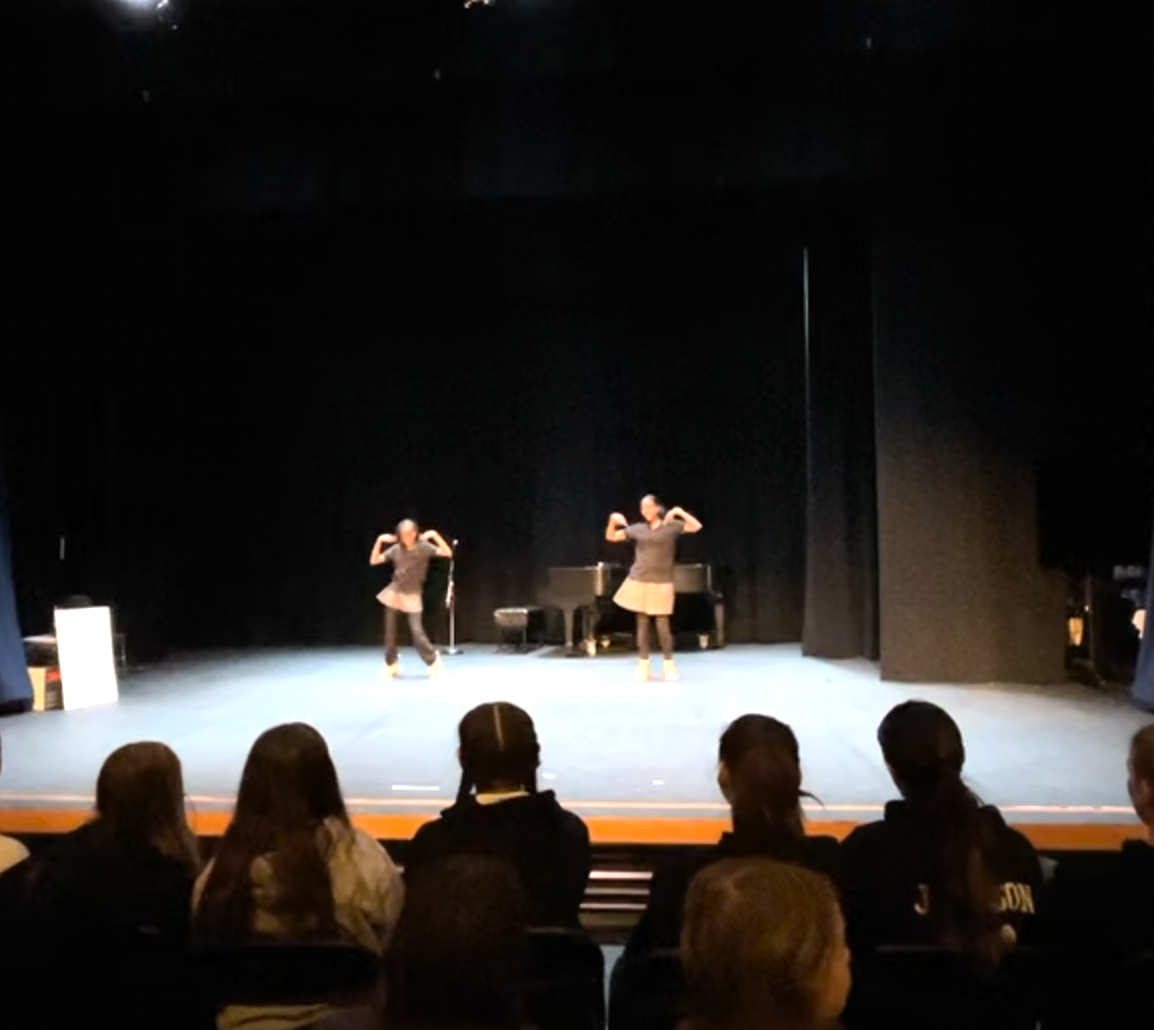
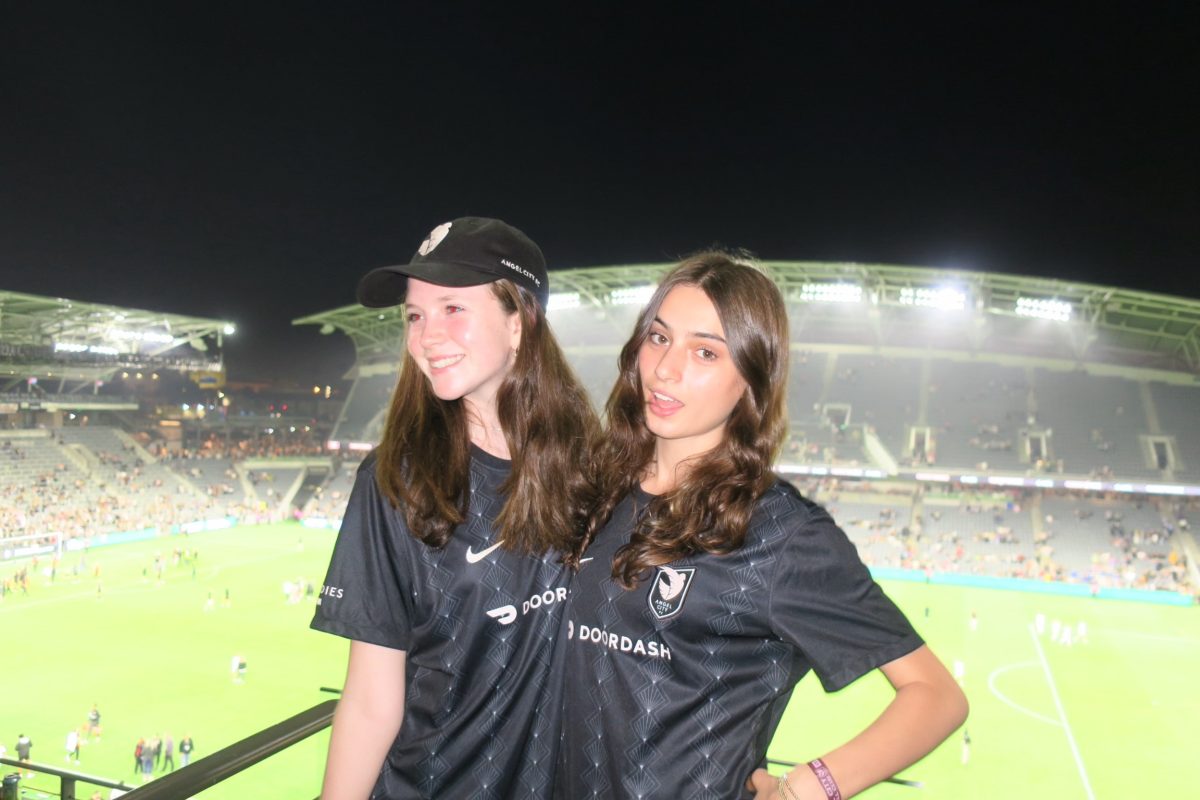
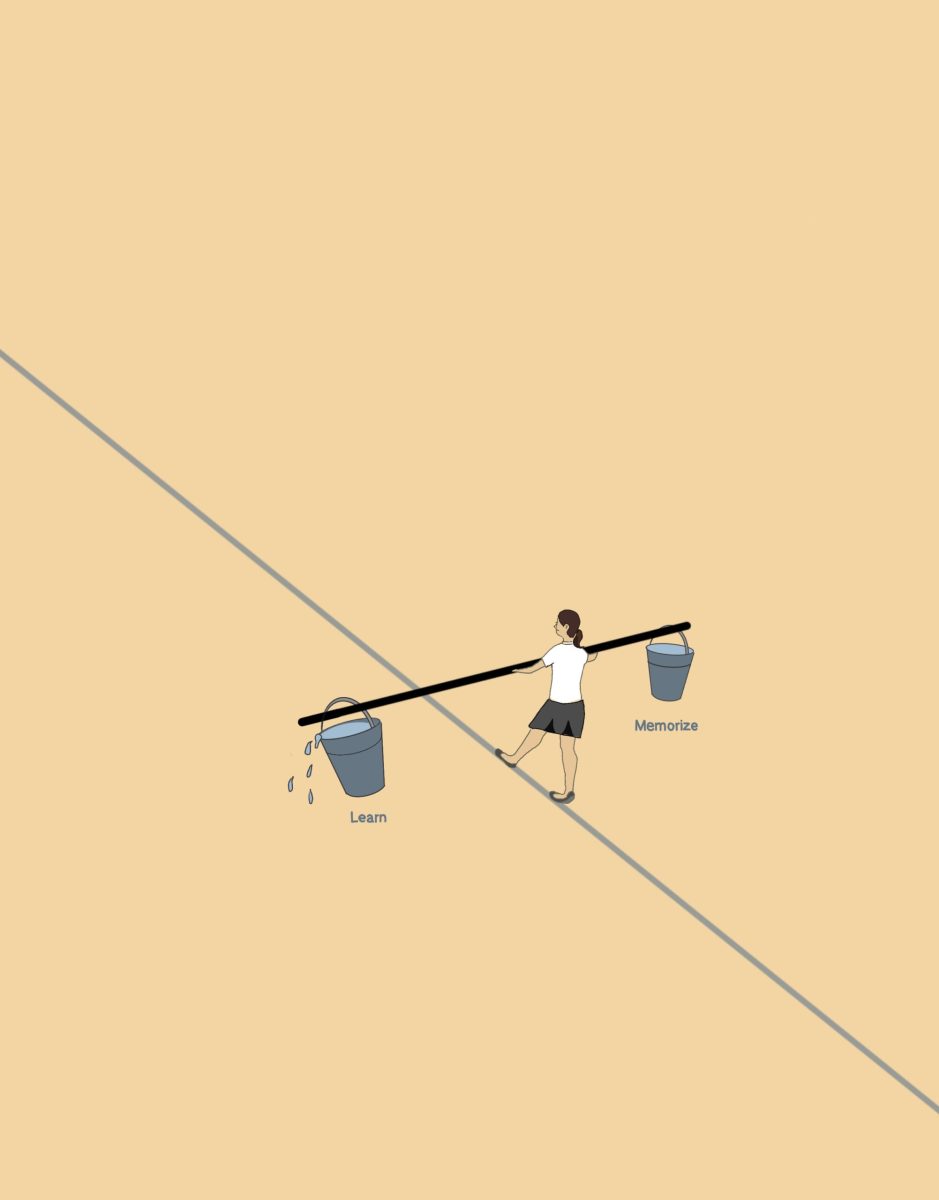
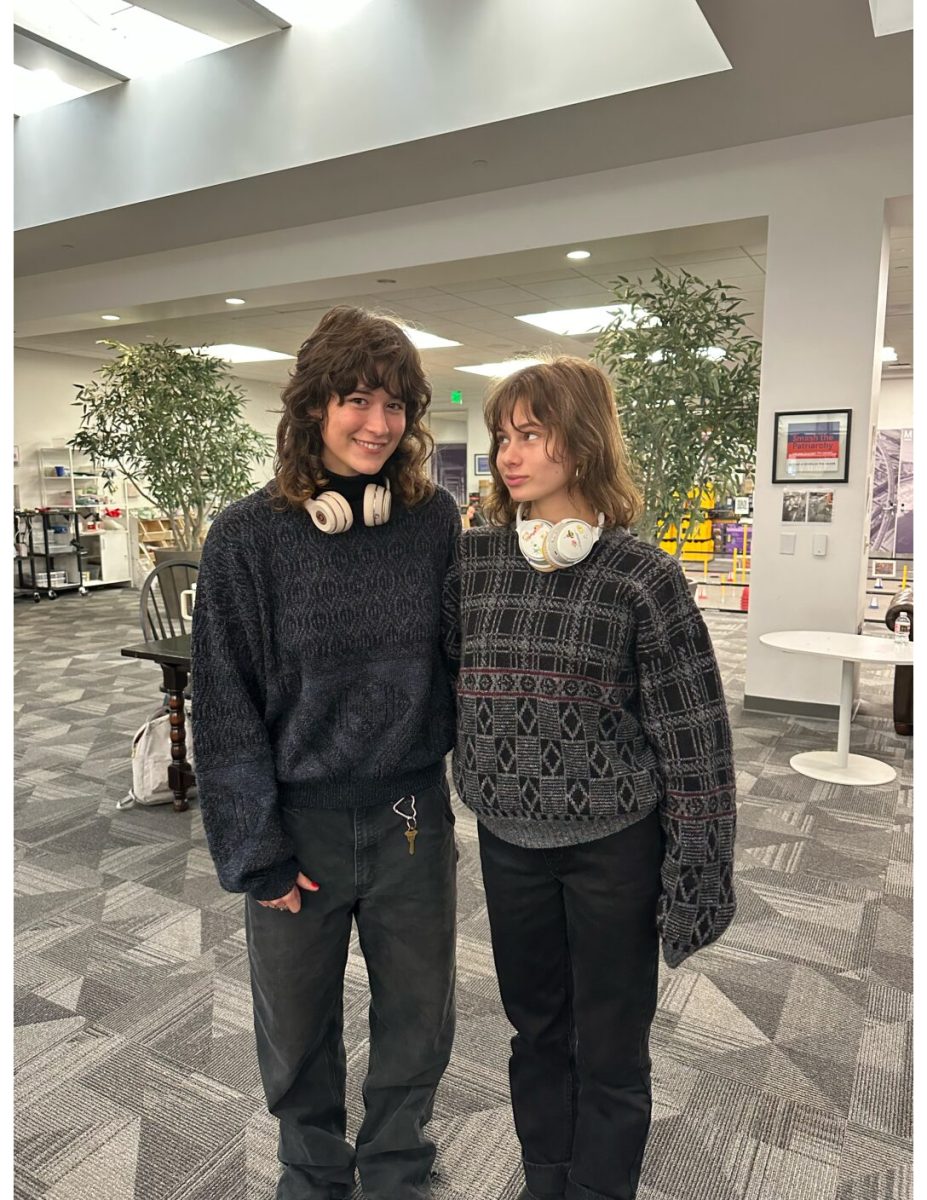
mohammad reza • Oct 16, 2016 at 7:57 pm
Mrs saffari . thank you,
Great work!
Great work!
Great work!
Very good help to poor.